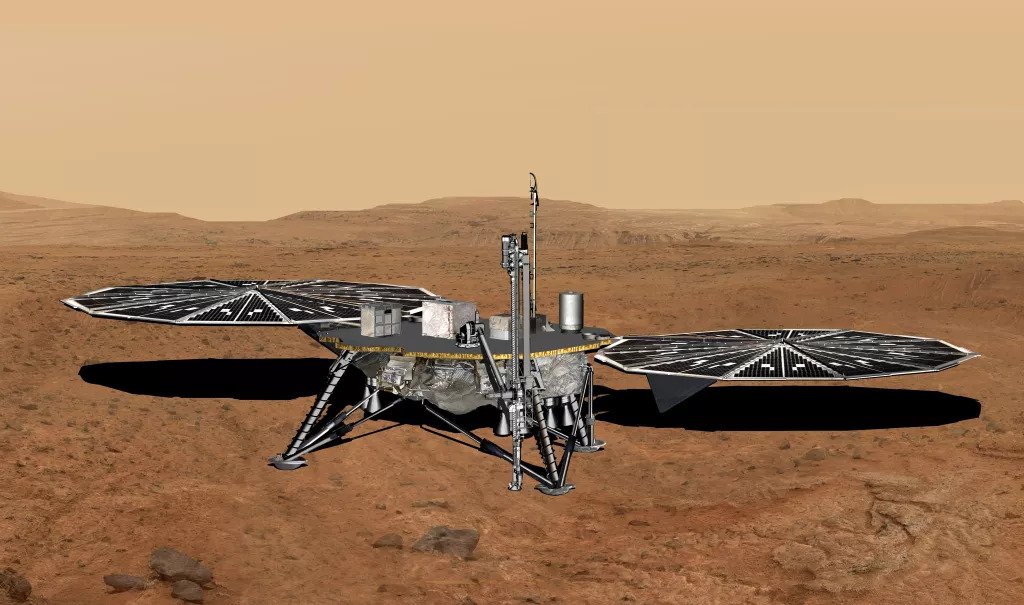At the end of the 2030s, American scientists plan to send an apparatus called the Mars Life Explorer to Mars. It will be a fixed landing platform equipped with powerful drilling equipment. Scientists expect to go deep into the soil of the red planet and find traces of life there.

Next stage of Mars exploration
American scientists have announced what will be the next of the planned steps to study Mars. Since Viking probes landed on it in the 1970s and saw a lifeless surface, research on this planet has progressed very far.
The ability to explore Mars offline has already been proven by several rovers. With the help of the Phoenix probe, scientists for the first time were able to delve into the soil of the red planet near one of its poles and find ice deposits there. Thanks to this, scientists have learned that this world is not completely dead, or at least could have been so before.
The Perseverance rover is currently working on the surface. It has already found a place on Mars where water once flowed. And one of its most important tasks now is the selection and conservation of soil samples. They should be taken to Earth by the next automatic mission. And it is this project that all NASA’s efforts are dedicated to today.
But after this mission is completed by the end of this decade, it will be the turn of the next one. And it will be the Mars Life Explorer. Its purpose will be very simple — to find life on the red planet.
What the Mars Life Explorer will do
Mars Life Explorer (MLE) will be a fixed platform similar to Phoenix and InSight. Instead of driving around Mars and collecting samples, it will be equipped with a powerful drilling system called The Regolith and Ice Drill for Exploration of New Terrains (TRIDENT). This device will also be used in two other Lunar exploration missions Volatiles Investigating Polar Exploration Rover (VIPER) and Polar Resources Ice Mining Experiment (PRIME1).
The main developer of TRIDENT is Honeybee Robotics, which develops it primarily for these two missions. The Martian version will appear a little later and will be improved. Scientists expect that the devices in the Martian orbit will be able to determine the place where the ice under the surface lies no deeper than 1 m from the surface, and that is where the MLE should land.
Thanks to preliminary studies, scientists have learned that abnormal brines, called perchlorates, can destroy traces of life. In addition, organic matter is effectively destroyed by cosmic rays, which cannot stop the weak atmosphere and magnetic field of Mars.
That is why to look for life at a depth of at least 1 m. But scientists decided to play it safe. So, the MLE drilling rig will be able to reach a depth of 2 m. And who will know what it can find there.
According to www.space.comF
ollow us on Twitter to get the most interesting space news in time
https://twitter.com/ust_magazine
